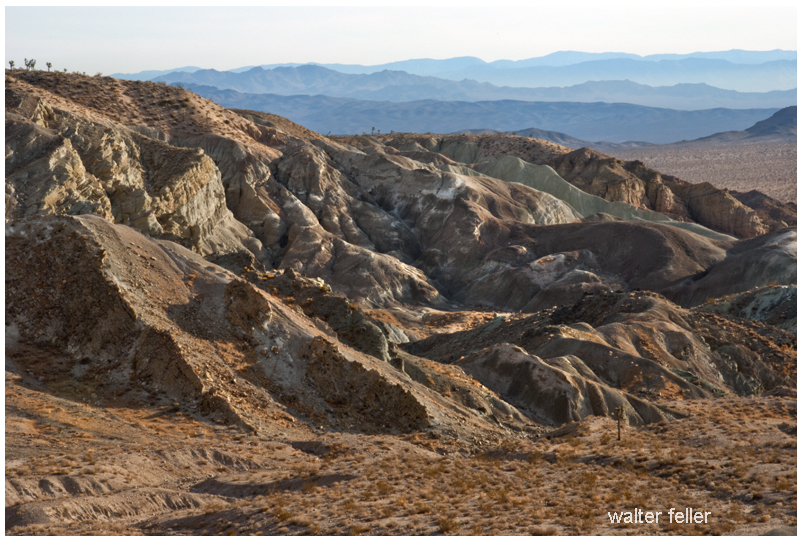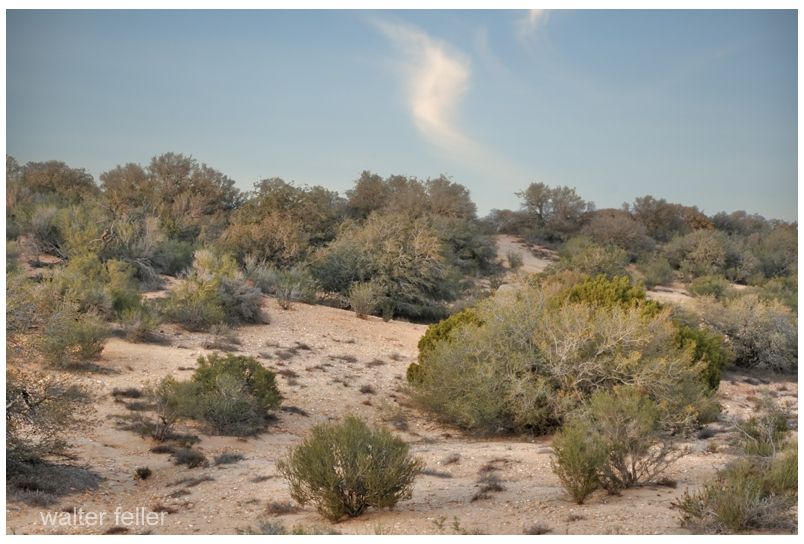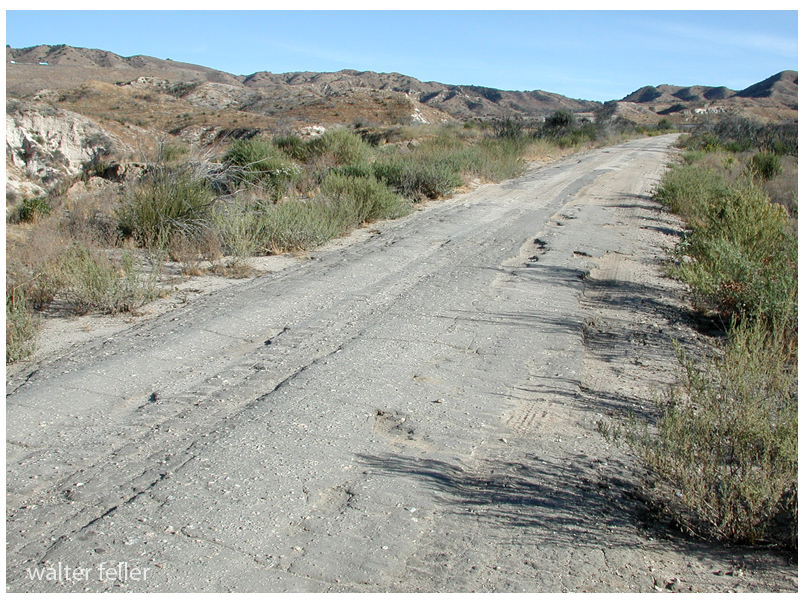A survivor yucca grows out of a cleft appearing to be damaged from a high-speed contact. Taken during the last sliver of direct sunlight of the day. I thought the little shrub exquisite and beautiful. The granite, reddish and perfect–the light was a shear veil laid like a blessing. All the way from my birth and experiences and all the way from the time before time began when the stone was born and born again and again under oceans and earth and heat and wear. All the way from then through the life of the thing, growing its spikes like crazily splashed slashes of bold green paint contrasted on a red canvas, its sacred moment, its peak of existence. Pause, then slowly, deeply, exhale.
Month: October 2020
Rainbow Basin
It took me a bit before I realized I had not been breathing. . .

Rainbow Basin
https://digital-desert.com/rainbow-basin/
“There is sparse plant life here in the ancient soils. The land has been dropped and twisted and filled with sediments layered by lakes long ago. Several small faults run through the area yanking and grinding the basin into its current mismanaged buttonhole configuration.”
~ BLM
Cajon Pass Wagon Road Divide

Just east of the Cajon Summit is where the historic traffic corridor in and out of the Mojave Desert narrows and the various alignments come within hollering distance of each other as they cross over the divide between the high desert and Cajon Canyon.

Traces and fragments of footpaths, trails, wagon roads and early highways can be found next to our modern freeway and here they become interwoven, laced and worn or grown over. None of all of this, by any means, obscures the vision of countless travelers of past ages passing this point.
West Fork – Mojave River
Just Sayin’
I suppose, if there is any hard and clear boundary to the Mojave Desert that this is where it is. Over time, the Mojave River has cut away the bluff in Summit Valley, east of the Cajon Pass, as the Mojave Desert moves with the rest of the Mojave Block as it separates from the San Bernardino mountain range.

Macadam
In 1873 Scottish inventor John Loudon McAdam created an inexpensive type of paving that used rocks and gravel, was put down while it was soft and cured as it was driven on.

John Loudon McAdam and Macadam
Merriam-Webster: In 1783, inventor John Loudon McAdam returned to his native Scotland after amassing a fortune in New York City. He became the road trustee for his district and quickly set his inventiveness to remedying the terrible condition of local roads. After numerous experiments, he created a new road surfacing material made of bits of stone that became compressed into a solid mass as traffic passed over them. His invention revolutionized road construction and transportation, and engineers and the public alike honored him by using his name (respelled macadam) as a generic term for the material or pavement made from it. He is further immortalized in the verb macadamize, which names the process of installing macadam on a road.
